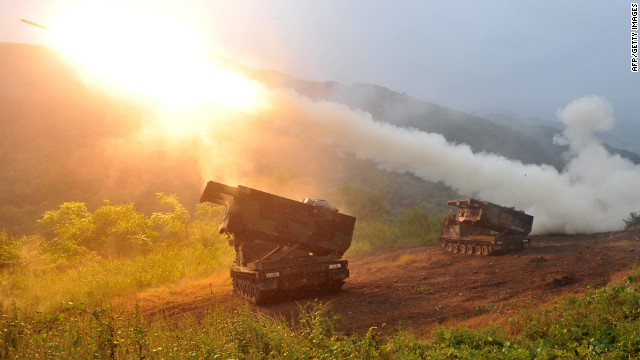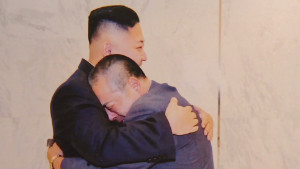
The strike zone of North Korean rocket forces includes "not only the bases of the puppet forces and the U.S. imperialist aggression forces' bases in the inviolable land of Korea, but also Japan, Guam and the U.S. mainland," the state-run Korean Central News Agency reported.
But some analysts questioned the claim.
"That's been a desire or an objective, politically, for North Korean leadership for quite some time. But they have not demonstrated that capability," said Daniel Pinkston of the International Crisis Group's North East Asia Program.
 Sushi chef's North Korean drama
Sushi chef's North Korean drama Tourism grows in North Korea
Tourism grows in North Korea"To acquire that capability requires a lot of development and testing. And considering what they've done so far ... I don't find that credible. But I do think they're working toward acquiring that capability."
The claim from Pyongyang comes amid increased tensions between the two Koreas after the North test fired a long-range rocket in April. That rocket exploded shortly after it was launched.
North Korea insisted it was trying to launch a satellite into orbit, but the attempt was widely viewed as a cover for a ballistic missile test.
Analysts say the country's latest threat isn't surprising after South Korea announced it reached a deal with the United States that allows Seoul to extend the range of its ballistic missiles.
"What else can they say? It was politically impossible for them not to react," said professor Andrei Lankov of Kookmin University in Seoul.
On Sunday, South Korea said it reached a deal with the United States that allows Seoul to extend the range of its ballistic missiles to include the northern peninsula of North Korea.
The deal with Washington revised the range of Seoul's missiles from 300 kilometers (186 miles) to 800 kilometers (497 miles), South Korean national security adviser Chun Yung-woo told reporters.
"The important goal in revising the missile pact is to deter armed provocation from North Korea," Chun said. "If North Korea is to attack or provoke, we are able to incapacitate its nuclear and missile (capabilities) in the early stage. We have guaranteed various capabilities to protect the life and safety of our people."
The South agreed in 1972 to limit its missile range to 180 kilometers (112 miles) in exchange for access to U.S. missile technology. Guidelines were revised in 2001 to allow for a range of 300 kilometers.
The two Koreas signed an armistice that ended the 1950-1953 Korean war, though a peace treaty was never signed. Technically, the two countries remain in a state of war.
Roughly 28,000 U.S. troops are stationed in South Korea.





0 comments:
Post a Comment